Even if your home has a flat roof, it might still have noise issues, especially if it isn't well-built or well-maintained.
Although no roof is completely sound-proof, there are a few repairs and replacements that may be done to dampen the sound of rain or hail, as well as the slamming noises that many unhappy homeowners endure from time to time.
Banging, noisy rain, snapping/popping noises, heat-related cracking, and creaking are the most frequent noise problems on flat roofs.
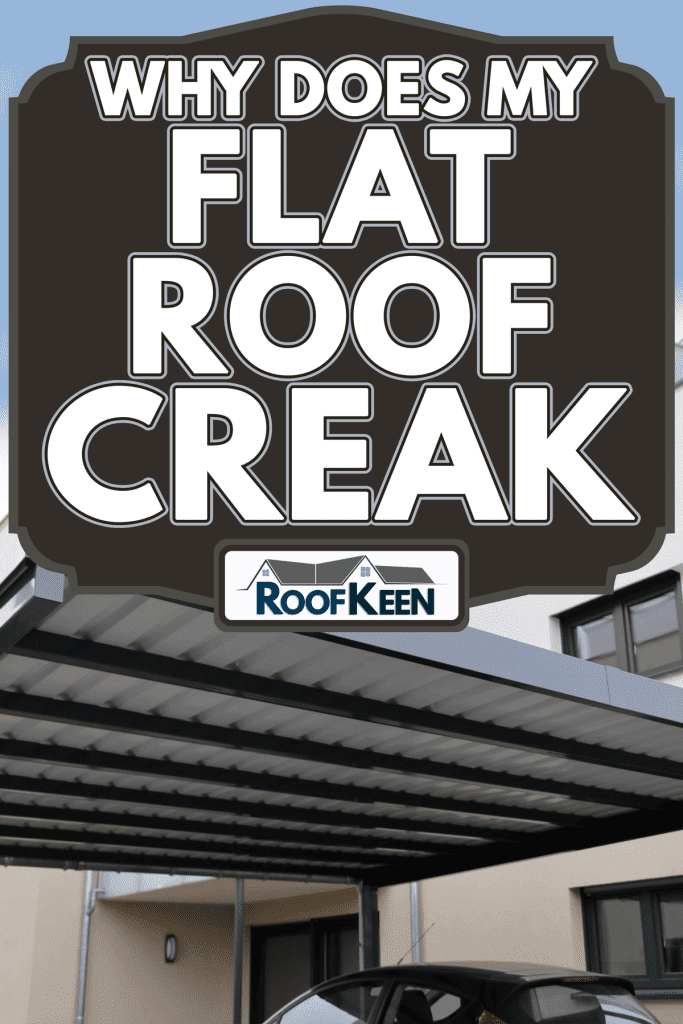
1- Banging
When a portion of the roof has not been properly secured in place, or when it has come loose, there will be banging sounds. The sound may be heard in both calm weather and strong winds.
It's simple to fix if you can locate the loose item or pieces and put them in place more securely. Even a seemingly well-fastened sheet metal panel might be bent with heat, cold, or wind on occasion.
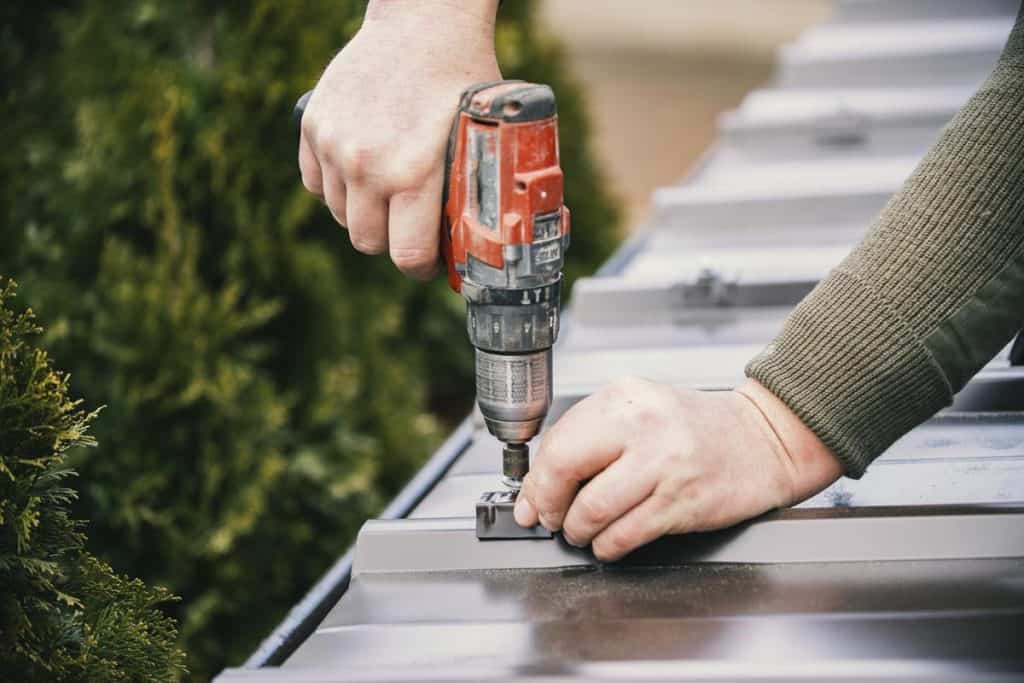
2- Loud Rain
Let's face it: the rain is never going to go away; and if it does, we're in big trouble! That said, your roof shouldn't be making such a commotion. The bulk of the noise may be reduced with the appropriate type of building materials, even if it's raining.
This insulation problem is pretty typical across many different styles of homes. It's possible to fix this with extra insulation, but there are other solutions as well. Some homeowners prefer to cover the roof with shade cloth rather than waiting for it to come into direct contact with the tarp, as this prevents rainwater from relentlessly pounding against the roof. On brighter days, some people say to install solar panels, which muffle the noise and create energy on sunny days.
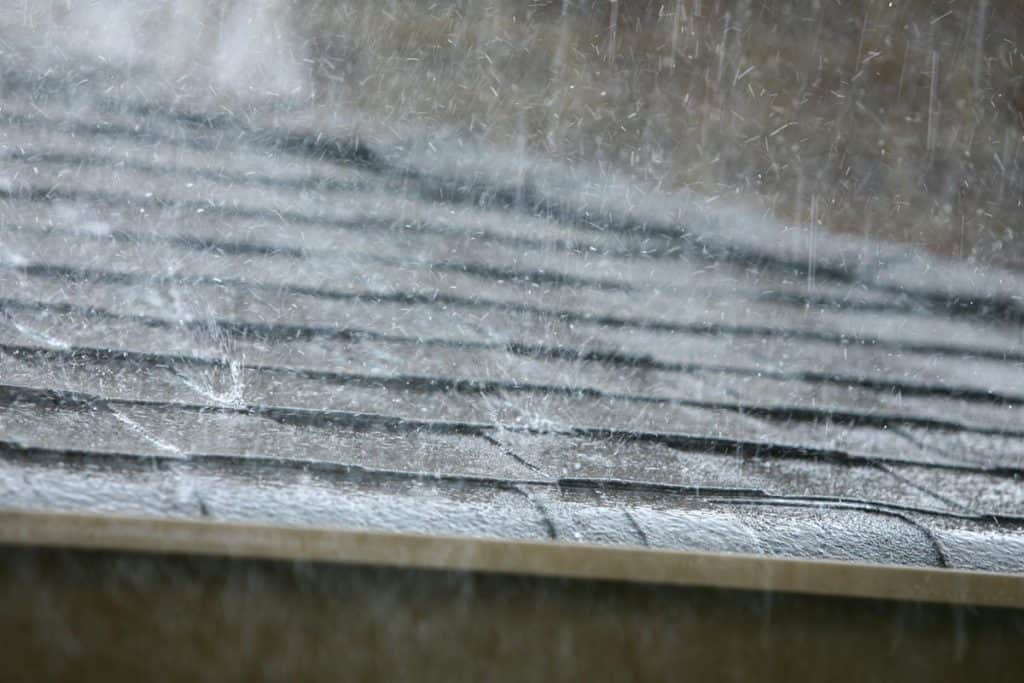
3- Snapping and Popping
Most frequent are snapping, popping sounds in buildings with a flat roof that has been built over an older one. Why? The existing roof was already damaged and cracked, and now it is supporting the weight of the new one.
Materials, whether new or old, move about constantly as a result of changes in temperature and air pressure. If these vibrations are coupled with a foundation that is cracked, they produce a variety of noises that are worse than annoying. In general, that old roof should be destroyed to minimize noise.
Read more: Why Does My Metal Roof Creak
4- Heat-Related Cracking
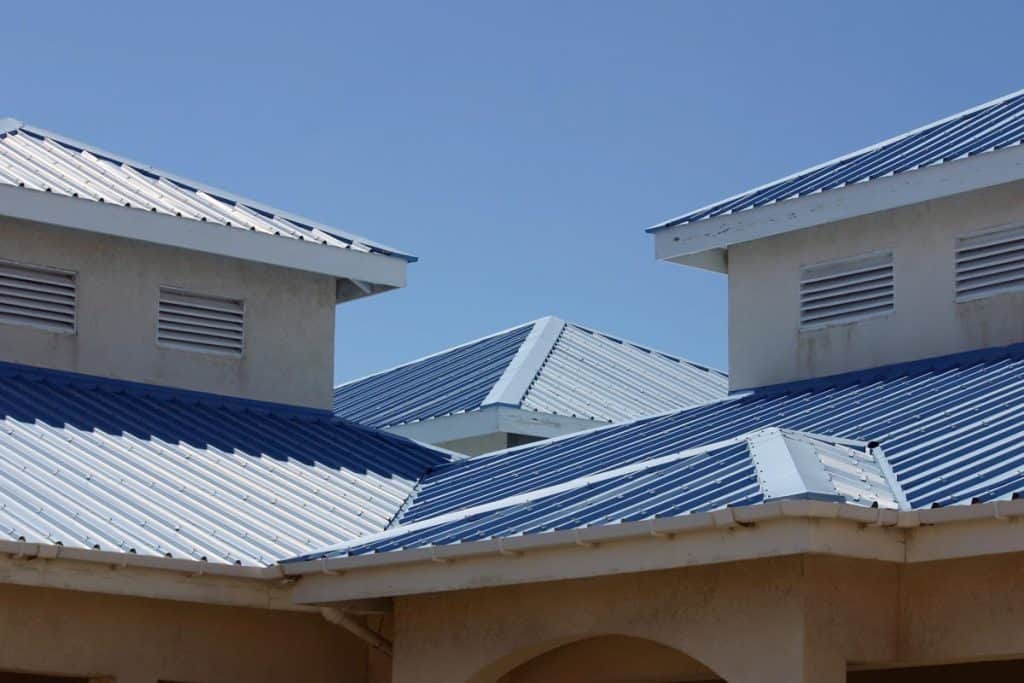
As previously noted, roofs will shift as the temperature varies. When the roof is damaged, you may hear cracking when the sun rises or when the air conditioning is turned on - either way, it's obvious.
Expansion joints, reflective white paint, and vents are all options for flat roofs. They're all used to improve heat or cold dissipation. Any fractures or joints under pressure on the roof should also be checked.
You might also be interested in: Why Does My Roof Creak at Night
5- Creaking
Another typical issue is squeaking sounds, which can be found in both flat and peaked roofs. The primary causes of creaking are generally the same as those for heat or cold-related cracking. The builder hasn't allowed for expansion and restriction of the roof's materials and joints, which means that if anything leaks, it won't be discovered until days or weeks later. This is another example in which adding joint expansions may make a significant difference and be far less expensive than demolishing the roof and starting from scratch. Creaking may be caused by water damage or ice, and these can usually be repaired on an individual basis.
A qualified roofer will be able to review the situation and offer a course of action. When you've identified the reasons for your creaking, cracking, popping, and other noises, repairs may be made to make your area a lot more enjoyable!
Real Sounds
When a flat roof is stressed, it makes noises that are generally generated by temperature changes. A poorly completed re-roofing project, for example, might generate popping, snapping noises on your roof. The weight of the new roof is causing problems for the old roof beneath it.
From membrane that has been heated all day and begins to collapse in the afternoon, tugging on mechanical fasteners, or from a loose-fitting. The wood on the roof deck will creak as a result of changes in humidity.
Intuitive Sounds
What is your roof silently screaming to you? Your roof is screaming for relief if you walk in and see whitened surfaces. To resist the infrared heat that destroys roofing chemicals, apply heat-reflective spray coatings. Reflective coatings also assist to minimize your cooling expenses.
The top of your roof is crazed (alligatoring or cracking), revealing its age. It's silently yearning for a makeover: a thorough cleaning and waterproofing. The business-grade roof repair in Fort Lauderdale that businesses choose will extend the service life of an alligatored roof by years.
Alarms
If only you could hear them, some roofs are not just groaning and wailing; they're raising tremendous alarms. The commercial roof repair Fort Lauderdale businesses want may sometimes come too late; if only the building manager had called a roofer earlier, an expensive new roof might have been a simple cleaning and maintenance project.
Water penetration, blocked drains, damage to the roof deck, or blunt impact are all signs of a flat roofing emergency. These are all red flags that demand your attention.
How do you stop a flat roof from creaking?
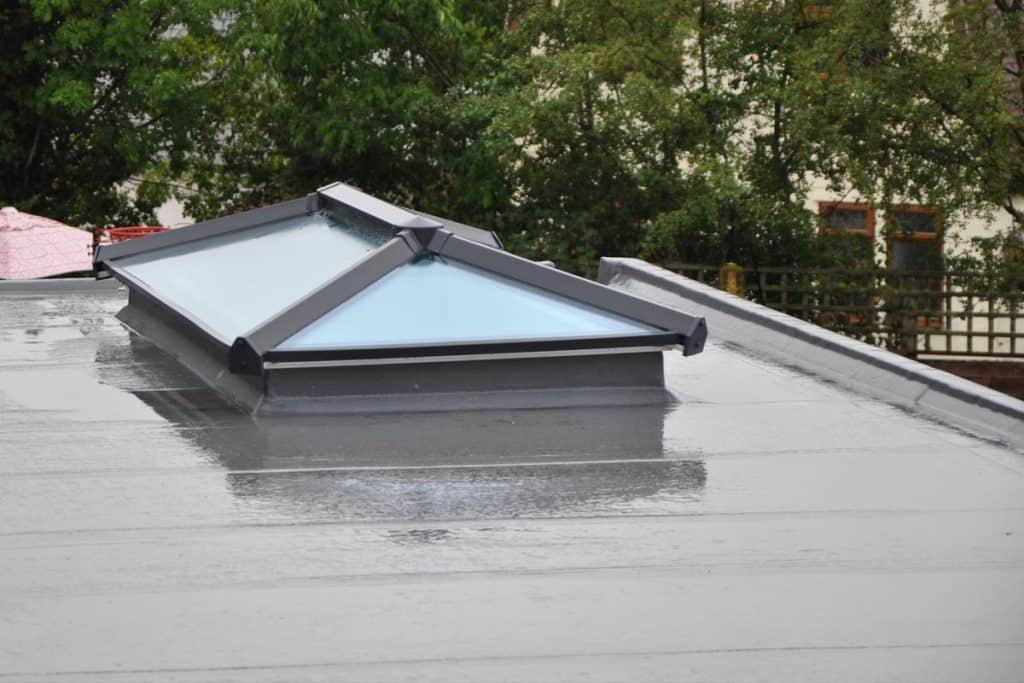
Flat roofs, in general, are very noisy with wind and in high winds but the added noise of creaking can be unbearable. Unfortunately, there is no easy solution. One simple fix is using elastomeric (heavier gauge) sheeting instead of felting paper. The heavier weight sheeting will offer more resistance to movement, thus greatly reducing the noise. However, if your roof is already noisy with creaking, the added load may make it even more so. If you have rubberized asphalt sheeting ask your supplier if they have any recommendations for correcting this problem.
Another alternative to stop the vibrations is to attach metal flashing on top of the rubberized sheeting and beneath the ridge cap shingles or tile. You will need to use corrosion-resistant screws or nails that are long enough that they will go through both layers of sheeting material securing them together. The flashing does not need to be large but should extend at least 2 inches past each side of the tile along the edge of the eaves and slightly wider than the thickness of your rubberized sheet washer or shingle material.
